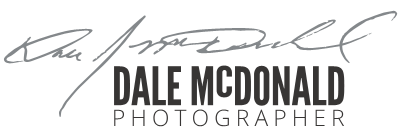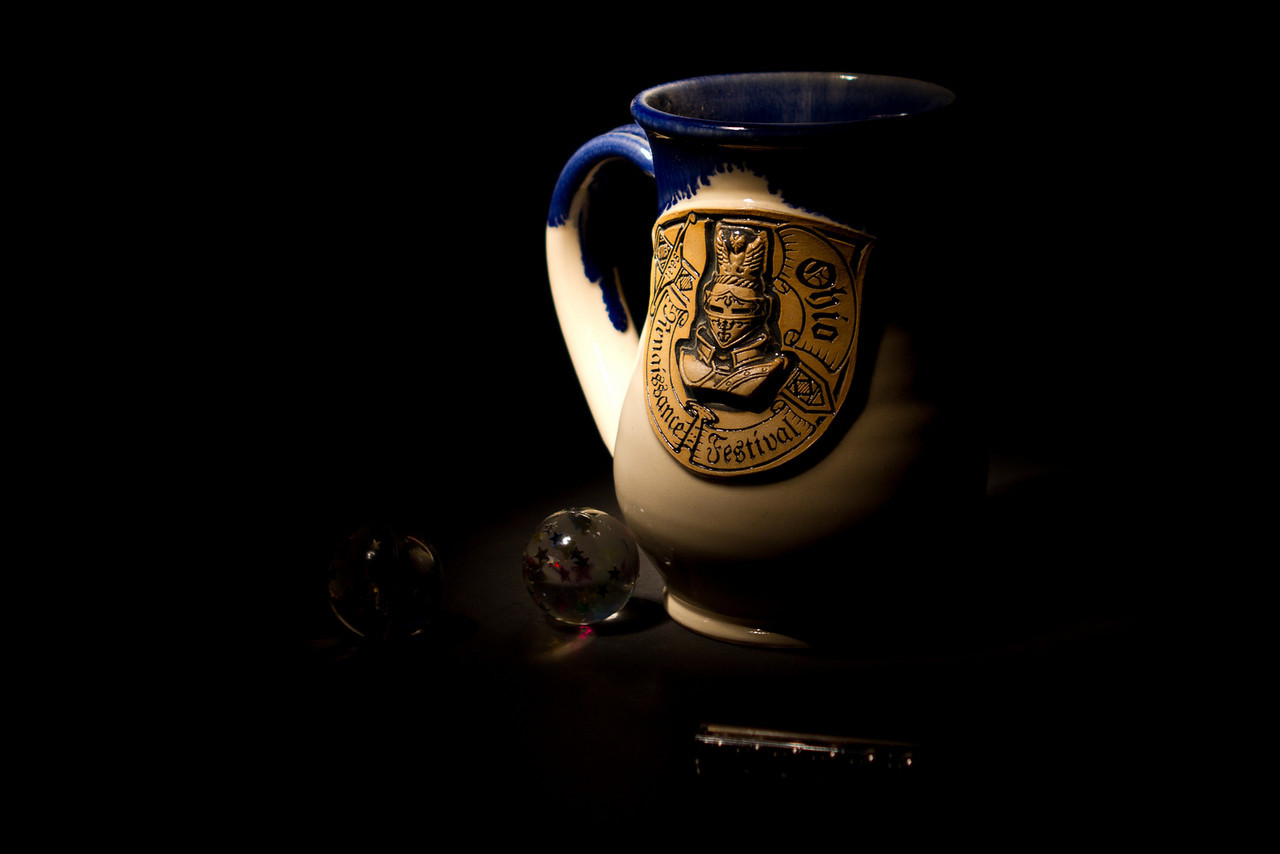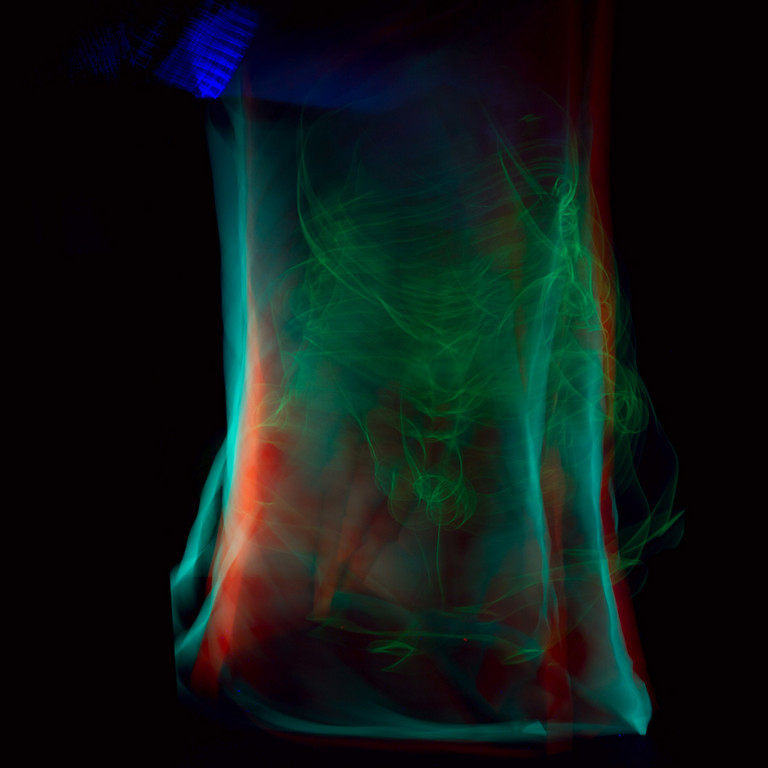As hooked as I am to photography, I never attended a class at the Cleveland Photographic Society (CPS). I've had many other photographers tell me about the fun experiences and information that could be learn by attending CPS but I never quite found the time to make the trip. Prior to adding this blog, I myself didn't even know that CPS has been around since 1887. This would make it the second oldest camera club in North America. If you live in the Greater North Eastern Ohio area and you happen to love photography like I do, this is an absolute blessing.
My first visit to CPS occurred on Tuesday, January 25 2011. I had absolutely no idea what to expect and I was very glad that one of my photography friends, Brett, who was also a CPS newbie like me, made the trip to attend a tabletop, black light painting photography class. Not knowing what to expect, I walked into the CPS building and was immediately surprised over the number of photographers in the lobby. Like anybody walking into a room full of strangers, I people watched for a few minutes to get an idea of what type of crowd I was in for the night. If you are an amateur photographer reading this blog, don't let this intimidate you. The crowd consisted of a very good mix that ranged from beginners to advance photographers. Anybody could mix in. Always a plus for anybody going to something new.
We all moved into a large room where the CPS staff introduced themselves and went over some of the events that would occur that night. First impression of the staff: very knowledgeable, very passionate about what they do, and exhibited a great interest to share their knowledge to everyone. Ok, this is going to be a good night.
We split up into three groups. One group would go to a class that went over painting subjects with light (using a pen light), the other would photograph a CPS staff member in total darkness, only using a pen light to illuminate himself during long exposures, and the last group would stay in the current room to test out blacklight photography techniques.
My group went over to the "painting with light" classroom first and our "lab" project was performing long exposures (4 to 8 seconds) photographing small items illuminated by painting the subject with a small pen light. A CPS member was giving us a few tips on starting shutter speeds and F stops but made it a point for everybody to experiment with their camera settings. The photo to the right was my first capture during the lab. The staff made it quite easy for everybody, giving them a really good baseline to start out with. Since there was so little light in the room, manual focus was a must. My camera, a Canon 7D, has live view. For stills, especially long exposure stills, live view makes it extremely easy to dial in your point of focus. I use live view to zoom in on the area that I want focus and when magnified on the LCD screen, making focus adjustments for pinpoint sharpness is a breeze. Live-view works absolutely great for this purpose. We all got a few chances to take photos of the mug and then we moved to different sized objects.
We took photos of a vinegar vase, an M-16 bullet, camera, watch and ring, and a fake (yes, fake - I don't mess with the real stuff) snake. This lab project was a lot of fun. You would be amazed on the cool light effects you can get from a simple pen light over a long exposure.
Our next lab was photographing one of the CPS staff members holding and moving glow sticks and a pen light in random patterns. A lot of these exposures ranged from 6 to 8 seconds, which gave plenty of time to register a decent motion pattern of light. Our CPS test guinea pig stood in a stationary location and only moved his arms, holding a light, to create the really cool effects that would be recorded on our image sensors. Prior to shooting, everybody pre-focused (manually) before the lights went off. Since our subject stayed in the same place, refocusing was not needed.
The last lab, which in my opinion, was the coolest (at least the second part was). The fist leg of the lab consisted of photographing stationary reflective objects under a black light. This was ok but I wasn't too crazy about the results (kind of boring compared to the other labs). I didn't hang around this table for long (imagine that) and I wiggled my way over to the second leg of the lab. This lab involved a staff member either dropping or swinging reflective objects in a "darkbox" illuminated by two blacklights. I was able to capture some cool images from our CPS staff swinging glow-in-the-dark necklaces and scarfs back and forth.
You can see an example of this on the right. If you want to do this at home, all you need is a black box and a black-light. It's very important that your black box has a surface that DOES NOT attract lint. Lint reflects black light extremely well (not a good thing). If you build your own box, layer it (on the inside) with black foam board.
All in all, I had a lot of fun at CPS and I will be joining as a member this Friday. CPS offers a lot of free classes and there is no immediate need for you to join. So go check it out and experience what I did for yourself. If you do decide to join, membership is a whopping $54 for the year. Well worth it!
If you want to see more images from this class, go to http://digitalphotosbydale.smugmug.com/ClevelandPhotographicSociety/Tabletop-Photo-Black-Light/
CPS is located near Route 82 and Broadview Rd. To get there, take I-77 south (from Cleveland) and get off at the Rte 82 West exit. Take Rte 82 to Broadview Rd, turn left (go south) and drive a little less than a 1/2 mile to Oakes Rd, turn left (head east). Go down Oaks Rd about 1000 feet and turn right into the drive. Follow the drive to the left and park in back... your there!
Cleveland Photographic Society Website: http://www.clevelandphoto.org/
[fb_rec]



